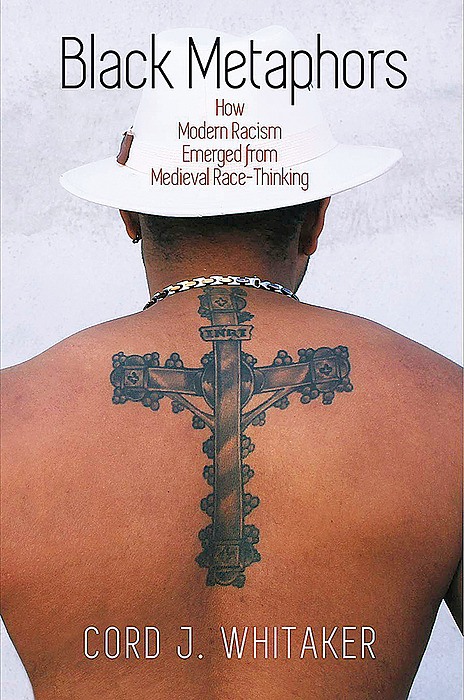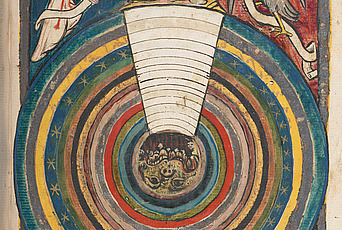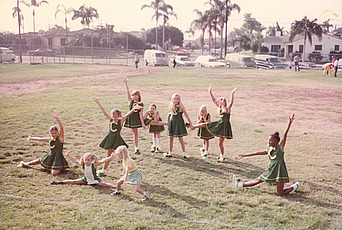Black Metaphors in the "King of Tars"

In the late Middle Ages, Christian conversion could wash a black person’s skin white—or at least that is what happens when a black sultan converts to Christianity in the late thirteenth- or early fourteenth-century English romance the King of Tars. The remarkable transformation, however, is not what it might at first appear to be. While some critics have taken the conversion as the conflation of racial and religious identity, the change is in fact not indicative of a cut-and-dried relationship between Christian identity and the normativity of European whiteness. The connection between color and religious identity in the late Middle Ages is rather more complex, and the King of Tars in particular exploits the normativity of physical whiteness in western Christendom when it advocates the necessity of metaphorical, or spiritual, “blackness’’ in Christians. In the King of Tars, the physical reality of skin color difference gives way to the metaphor of color that facilitates Christendom’s necessary “blackness.” Whiteness and blackness, in their material modes as well as their spiritual consequences or auras, cede primacy to one another continually, producing the shimmer of the black metaphor. The King of Tars didactically and rhetorically navigates the line between reality and metaphor in order to turn its reader’s attention from the Christian mission to convert others, a defining feature of late medieval Crusades ideology, to the project of examining and maintaining her own spiritual well-being.
In order to consider how this process makes use of what I will call black metaphors—textual moments in which black skin signifies sameness and otherness, spiritual purity and sinfulness, salvation and damnation—I turn to what is perhaps the most powerful recent study of skin color as a metaphor—Toni Morrison’s Playing in the Dark. Writing on the American and African American traditions, Morrison goes about proving the vast extent to which black figures are relevant in canonical American literature. Her insight into the didactic nature of race metaphors is as relevant to medieval literature as it is to modern. Morrison asserts that the black figure in the American literary tradition is pregnant with meaning when she writes that “the subject of the dream is the dreamer. The fabrication of an Africanist persona is reflexive; an extraordinary meditation on the self; a powerful exploration of the fears and desires that reside in the writerly conscious. It is an astonishing revelation of longing, of terror, of perplexity, of shame, of magnanimity.” The black metaphor, she argues, is capable of conflicting and even contradictory meanings simultaneously. Through examining the uses of the black figure, the reader is able to discern the perspectives of the “dreamer”—that is, the writer—on the black other and on herself.
The revelation of longing, terror, perplexity, shame, and magnanimity Morrison cites in the “Africanist persona” did not spring up ex nihilo. My study argues that the profound anxiety about black characters found in English literature has its roots in the Middle Ages. Morrison states that race “has become metaphorical [in the modern era]—a way of referring to and disguising forces, events, classes, and expressions of social decay and economic division far more threatening to the body politic than biological ‘race’ ever was,” but I argue that race was already metaphorical well before the biological “race” of the nineteenth century. Clearly, a black sultan who converts to Christianity and becomes white bears the requisite “perplexity.” In a late medieval Christendom still reeling from the fall of the last Crusader stronghold in the Levant at Acre in 1291 and in which politicians and others still fantasized about Crusade, the sultan recalls Christendom’s fears of eastern dominance while his conversion registers Christian longing for Muslim conversion. What is less clear and what I hope to show is that through the black sultan of the King of Tars, the medieval reader, like Morrison’s “dreamer,” is led to reflect upon his or her own spiritual state.


